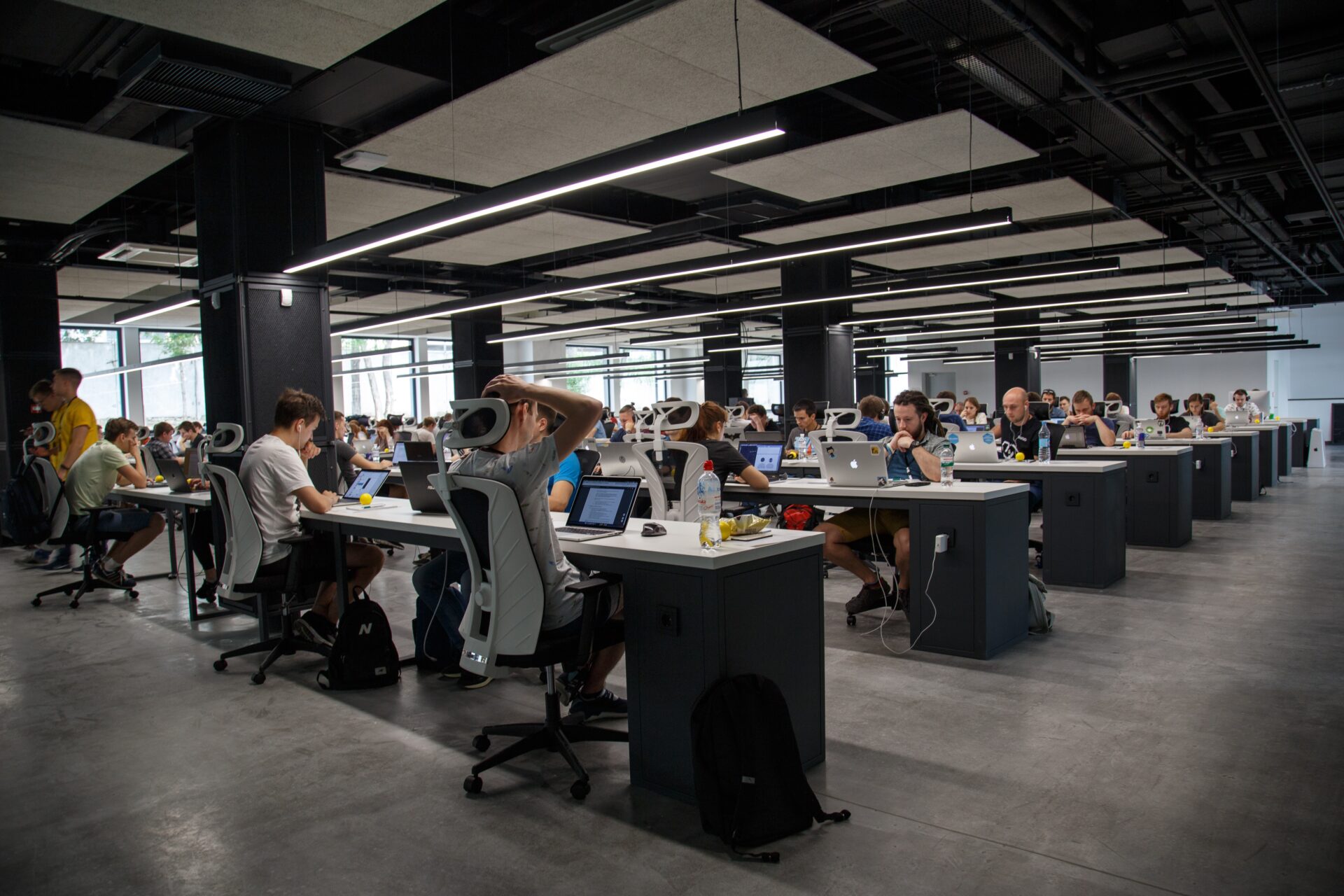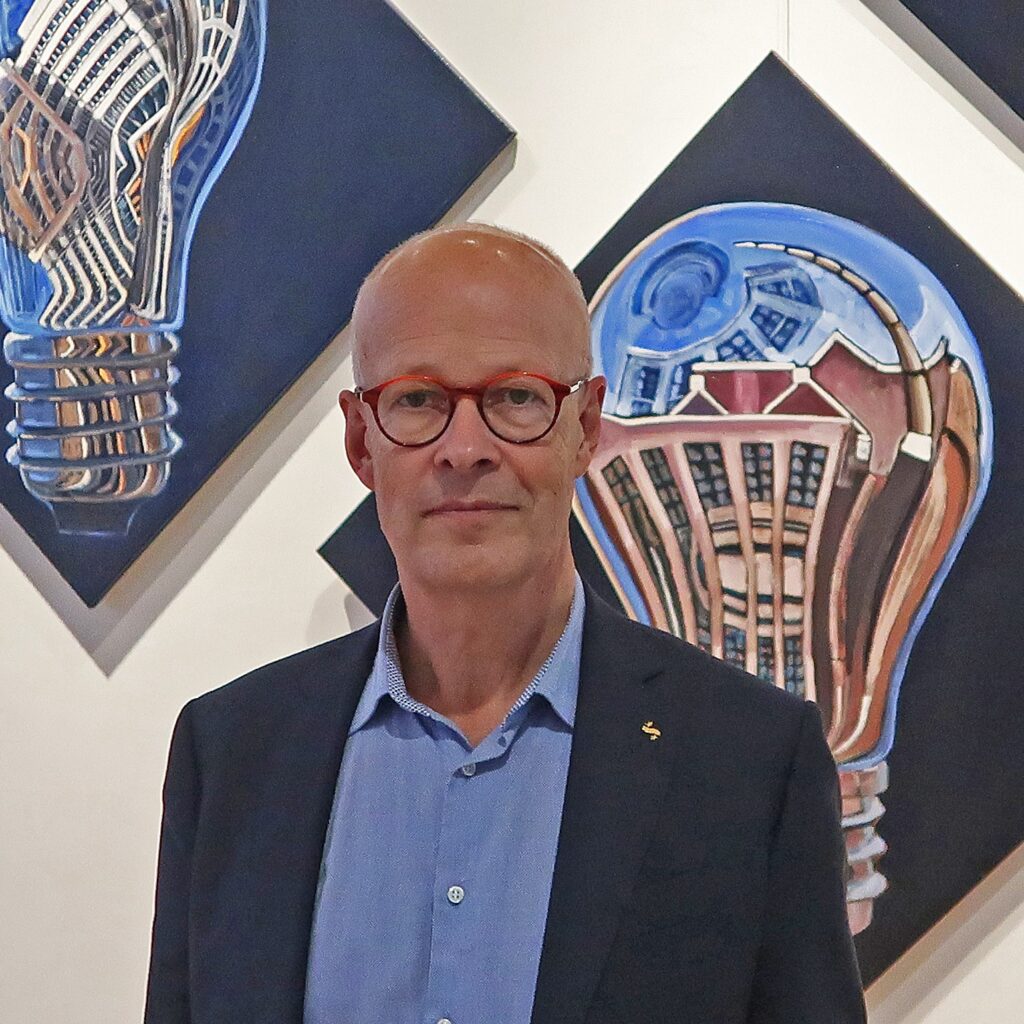22 October 2020
Good Light for vital and healthy environments
Good indoor environments contribute to health and well-being. But why is light indoors still “biological darkness”?
People believe that light is good when you can see properly. No one realizes however, that light is also crucial for our bodies to function well.
Worldwide, people spend more than 90% of their lives indoors, in schools, offices, factories, hospitals, care homes, shops, homes etc. In all these places the light is usually good enough to see, but it is too weak to have a positive influence on our biological clocks.
Good light indoors is the forgotten factor that can create a quantum leap in the improvement of well-being of people. Installing good light is a very cost effective and sustainable way to make indoor environments healthier and more attractive for people.
In 2002, specific photosensitive cells in the retina (ipRGCs) of the human eye were discovered which have a direct connection to the brain centres which regulate the biological clock and mood. These cells look like “spheres” and are only effectively triggered at higher light levels than photoreceptors used for vision, the rods and cones. The intensity of the light must be at least five times higher to have a positive influence on your brain and body.
Current indoor light levels are designed for visual tasks by the cones and rods in the retina. While the high light levels necessary for supporting our brain and our body seem unnaturally high indoors, we must realize that mankind has the biology of an outdoor diurnal mammal. The light level outdoors during daytime is ten to one hundred times more intense than indoors. Therefore, the current light levels indoors are darkness from a biological point of view: “biological darkness”.

Because we live in biological darkness the whole day, our internal biological clock is not well synchronised with the real time. The consequence is that the duration and quality of our sleep at night is not as good as it should be. Good sleep has an enormous positive influence on performance during daytime. Low quality sleep results in feeling sleepier during daytime, feeling less able to concentrate, less creative, and less alert. It also influences our mood. We often develop depressed feelings. An effective way to synchronize our personal biological clock is to spend a couple of hours outdoors every day, especially in the morning. For most of us who stay indoors all day, the alternative is a well-lighted environment indoors which supports our visual needs as well as our well-being. We call this “good light”. Good light is daylight or electric light with the same positive effects on brain and body. Important is to provide the right light at the right moment of the day. The best way to realize this is by allowing daylight into a building. However, the intensity and thus the positive effect of daylight decreases rapidly when the distance to the windows increases. The lack of intense daylight in those places in homes and buildings must be compensated by electric light that mimics the positive effects of daylight.
Good light is an easy way to improve the well-being and health of more than six billion people living daily in biological darkness! Good light is the most underrated factor to improve well-being in buildings. If you want to learn more, please contact the Good Light Group.

Can innovations in the lighting industry address sustainability concerns while still delivering the necessary intensity and quality of light for improved well-being?
Tel U